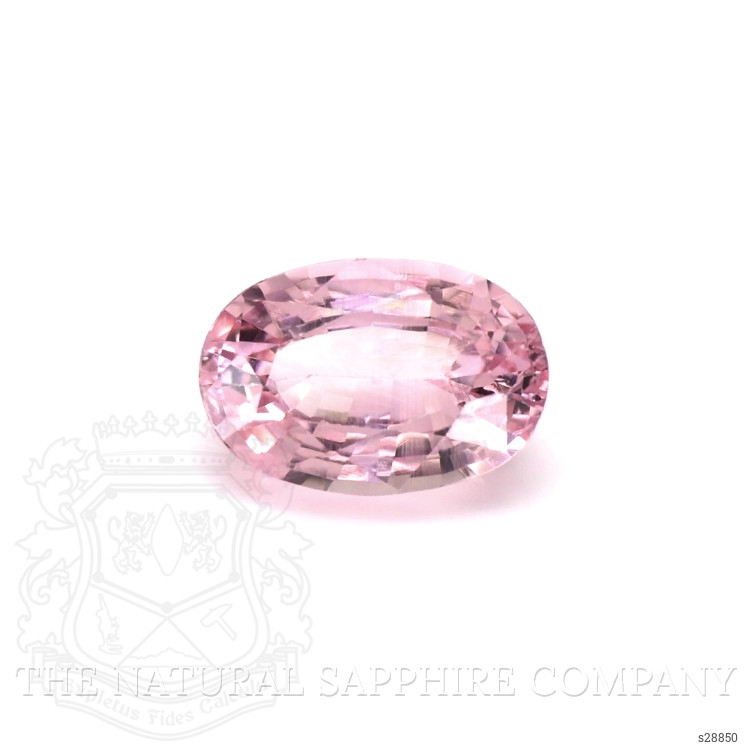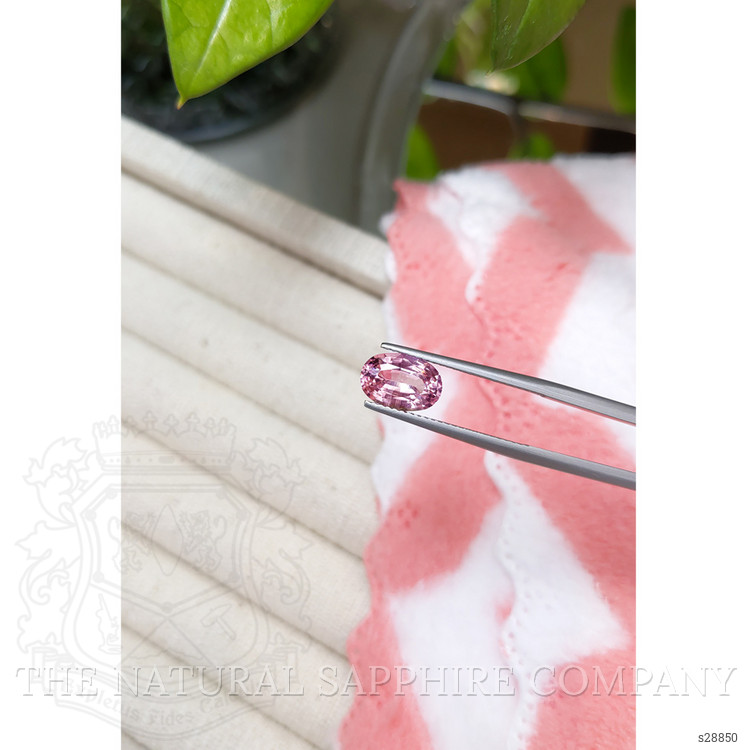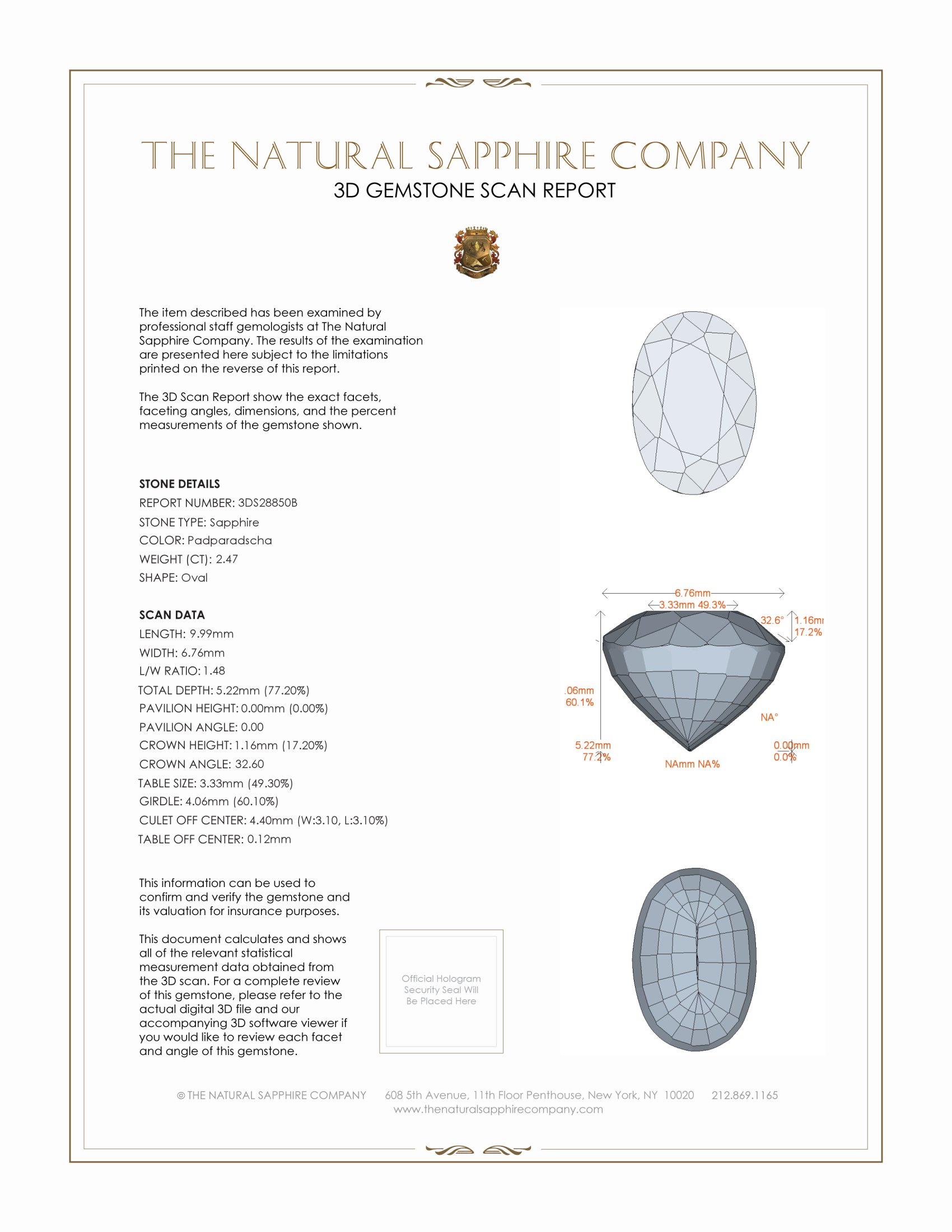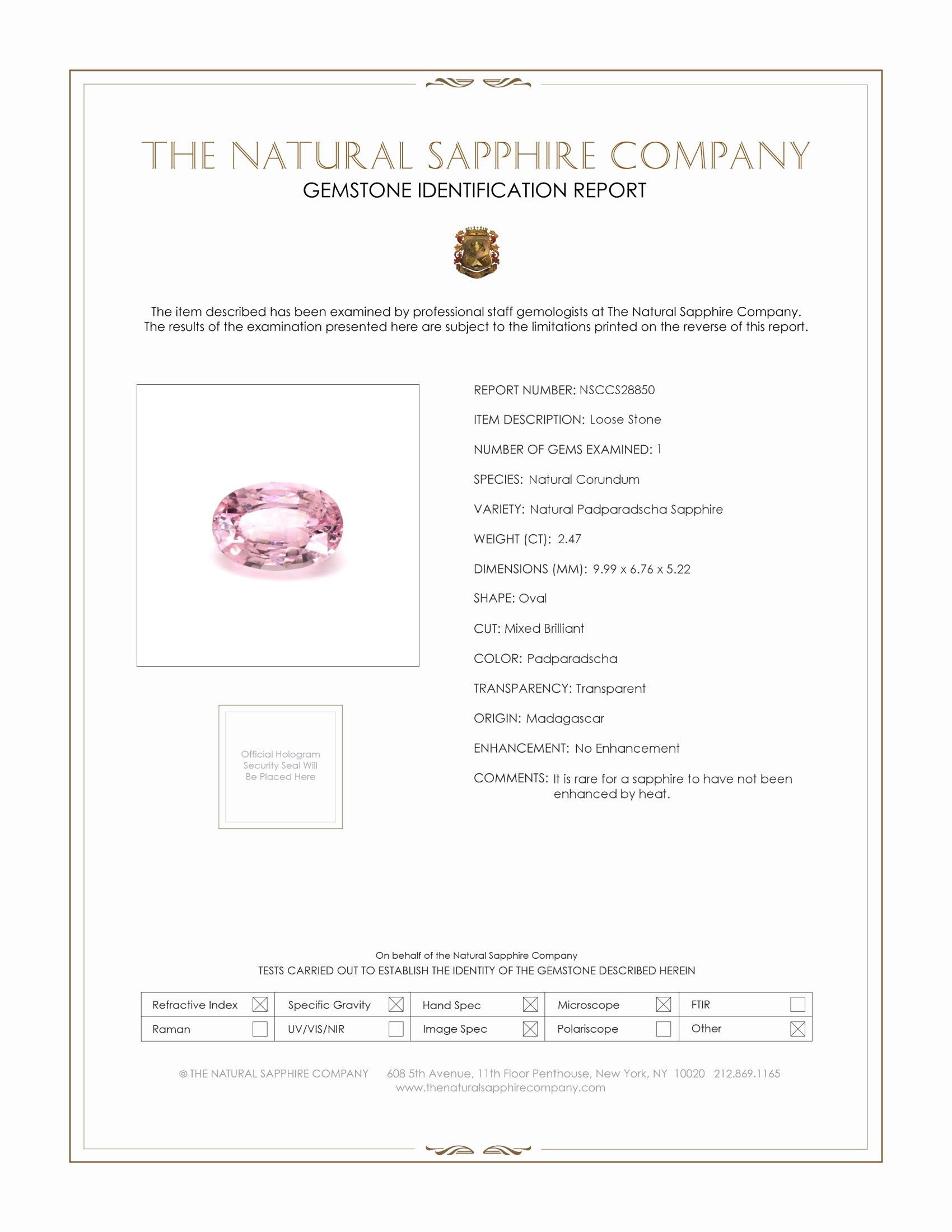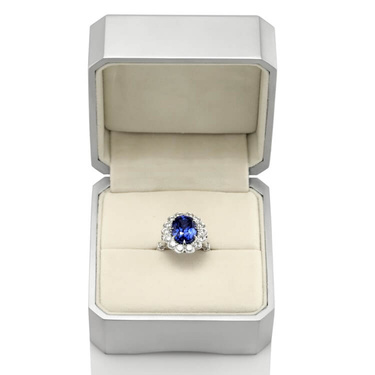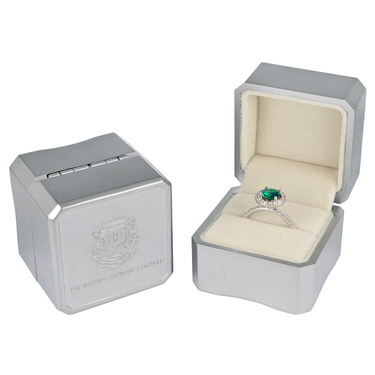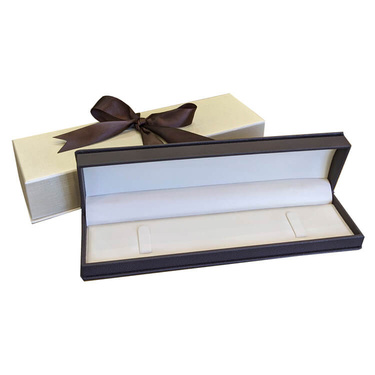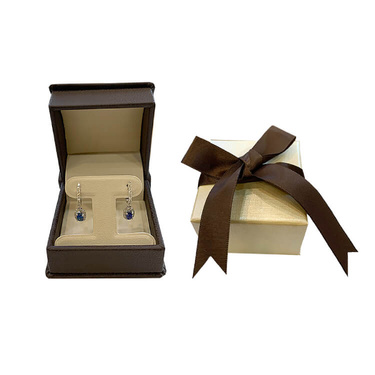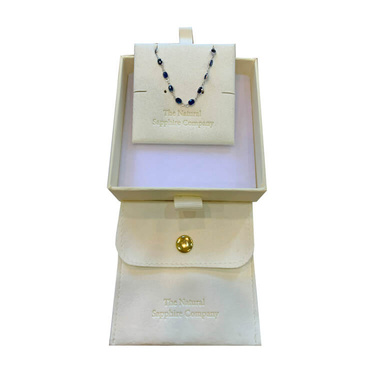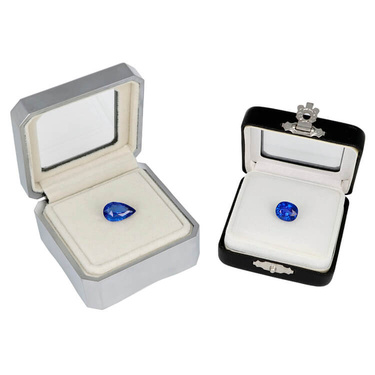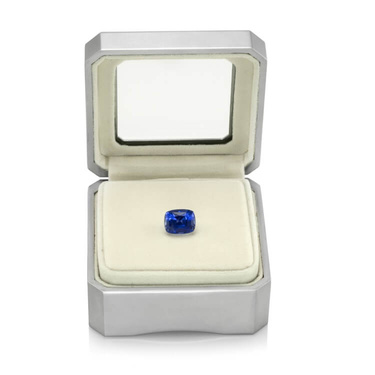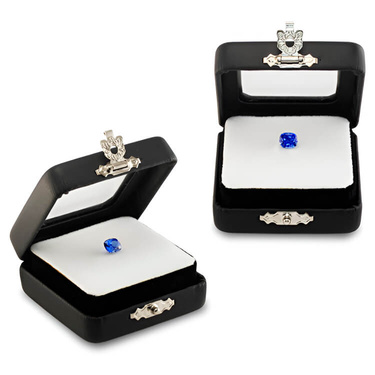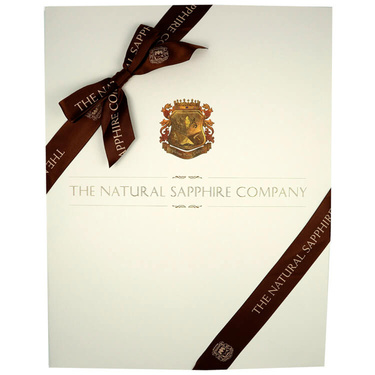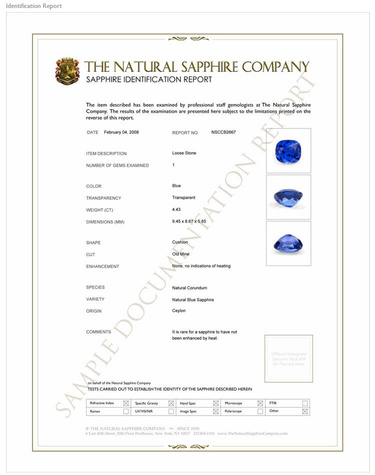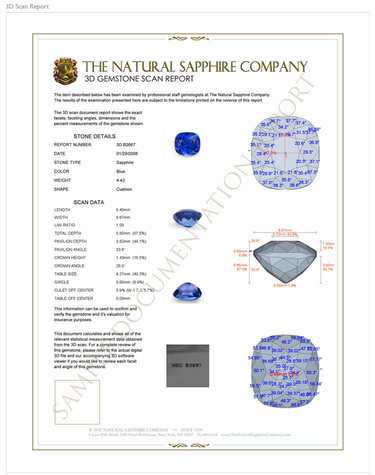- Stone12
- Reports3




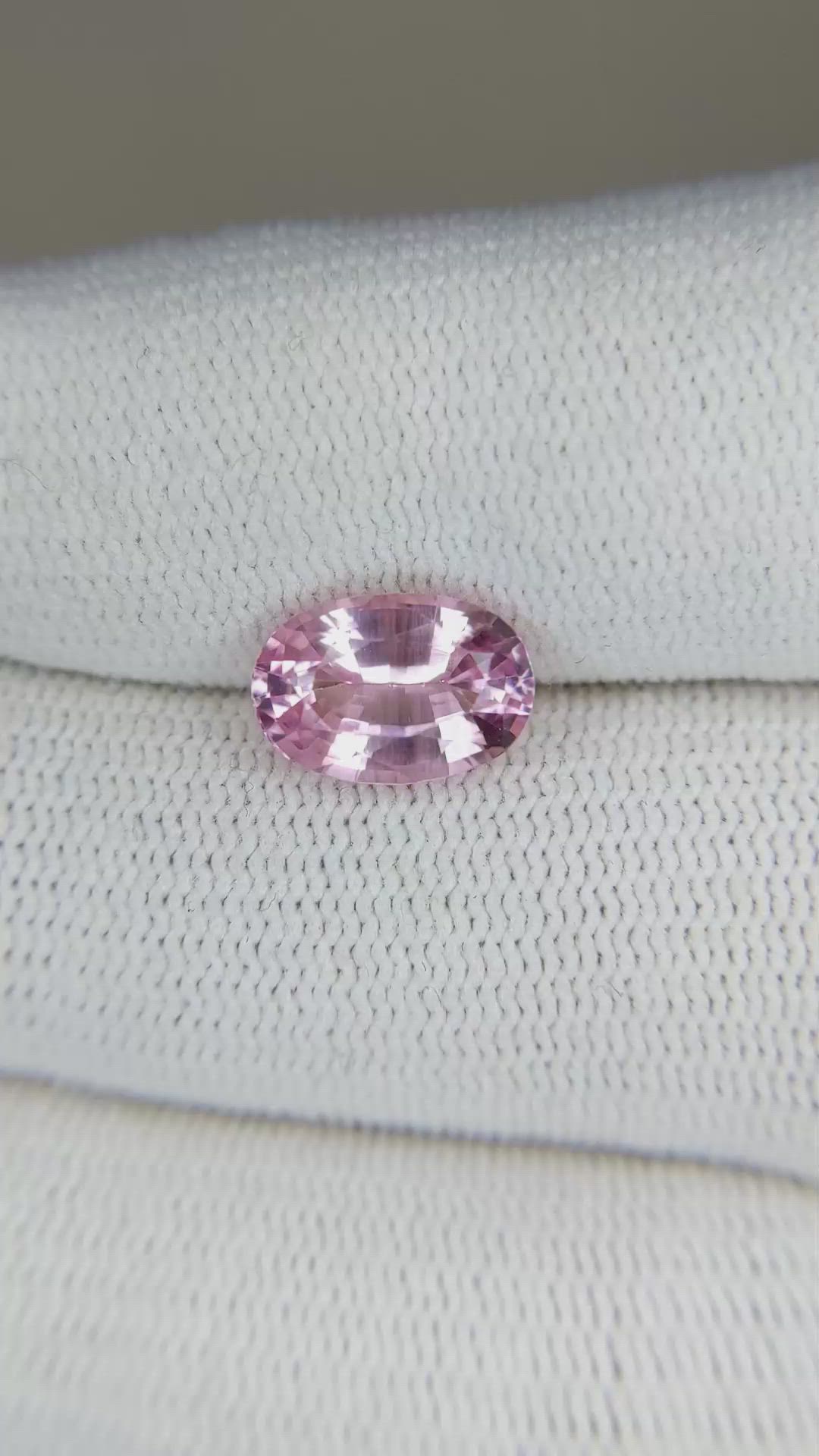


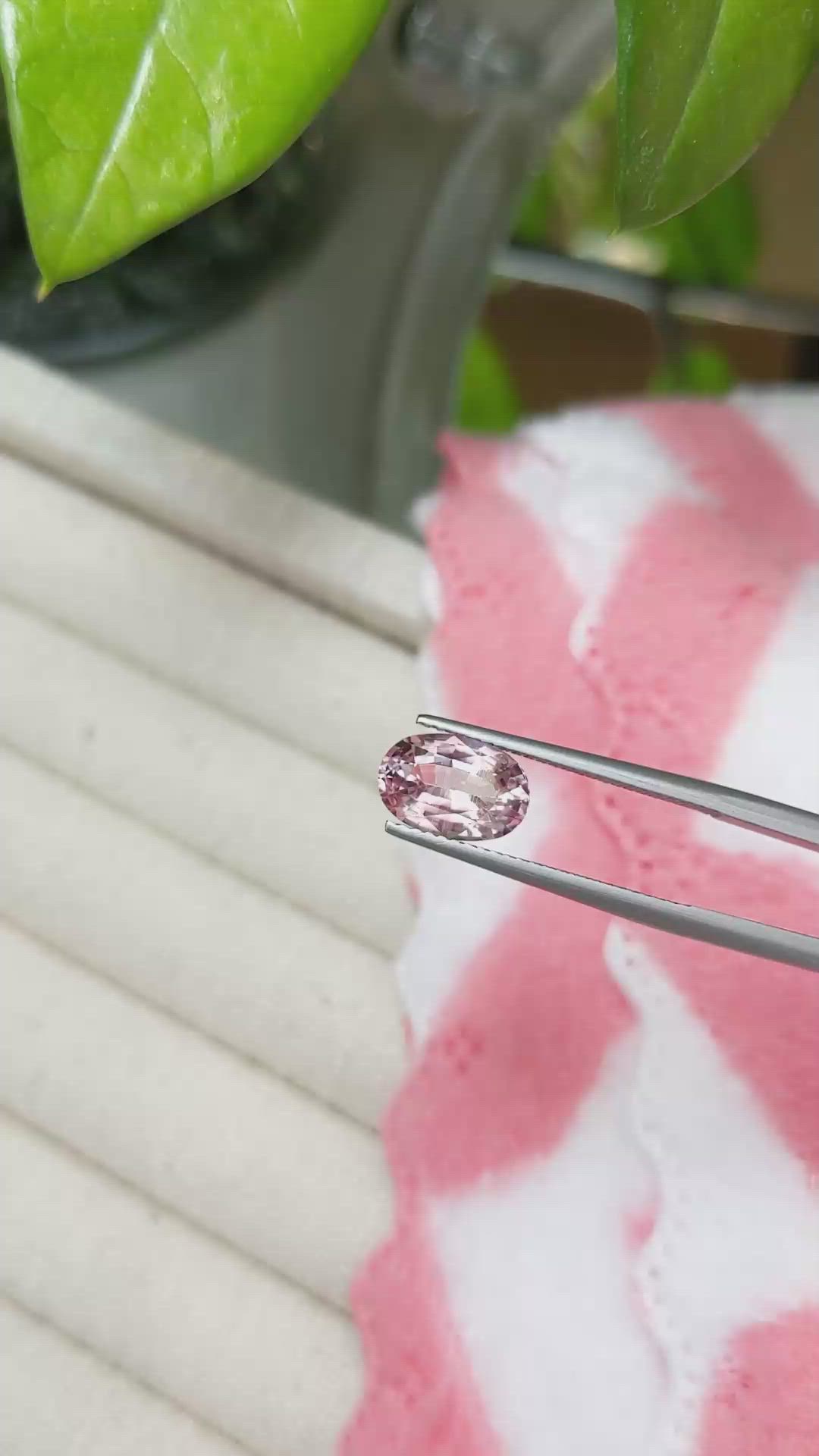

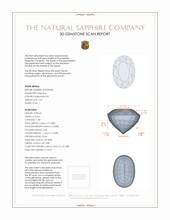
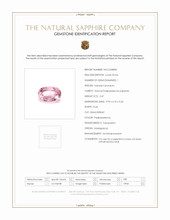
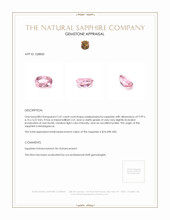
2.47 Ct. Padparadscha Sapphire from Madagascar
Item ID: | S28850 |
|---|---|
Dimensions (MM): help | Length: 9.99 Width: 6.76 Height: 5.22 |
Weight: | 2.47 Ct. |
Color: help | Padparadscha |
Color intensity: help | Medium Light |
Clarity: help | Very Very Slightly Included |
Shape: help | Oval |
Cut: | Mixed Brilliant |
Cutting style: | Faceted |
Enhancements: help | No Enhancement |
Origin: help | Madagascar |
Per carat price: help | $4,250 |
This padparadscha sapphire from Madagascar is a technically refined example of a rare color variety, weighing 2.47 carat, and presenting an oval outline with precise proportions of 9.99 x 6.76 x 5.22 mm. The stone is transparent, with a medium light color intensity that manifests as a delicate balance between pink and orange that defines padparadscha hue. The cutter selected a mixed brilliant faceting scheme to optimize both color and scintillation, producing balanced light return across the crown and pavilion. Clarity is graded as very very slightly included when evaluated at eye level, indicating that inclusions are minimal and do not materially interrupt the path of light through the table. The polish is excellent, which enhances surface finish and maximizes contrast between facet planes. Importantly, the stone has undergone no enhancement, which in the current market confers a discernible premium relative to heated or otherwise treated material, and the Madagascar origin situates this sapphire within a well documented supply node for fine padparadscha material.
From a lapidary and optical standpoint, the mixed brilliant cut employed here is a deliberate technical choice that reconciles two primary objectives for padparadscha sapphires. The bright crown facet arrangement promotes strong scintillation and a lively appearance under variable lighting, while the component of modified pavilion faceting preserves body color by avoiding excessive light leakage. In practical terms this means the cutter retained optimal weight while improving face up color uniformity, an important consideration for a medium light intensity stone where overcutting can dilute hue. The oval shape further concentrates apparent size while maintaining even color distribution along the length and width. The excellent polish indicates tight facet junctions and low surface roughness, which together reduce light scattering and ensure each facet plane contributes predictably to brilliance and fire.
As an investment grade object, this untreated padparadscha sapphire carries attributes that are closely correlated with future appreciation. Natural padparadscha material is inherently scarce relative to standard blue sapphire, and the proportion of stones that are both untreated and of collectible size and clarity is smaller still. The 2.47 carat weight is noteworthy in the padparadscha category, where market demand often favors stones that cross certain size thresholds, and the untreated state amplifies collector interest because treatments can complicate resale and appraisal. Market dynamics over recent cycles have shown growing interest from both private collectors and institutional buyers in rare colored gemstones that can be authenticated and traced to reputable origins. Madagascar has produced several significant finds of padparadscha tone, and provenance from that region often supports stronger pricing when paired with professional documentation. For these reasons, an acquisition of this specific sapphire is defensible as a strategic, medium to long term holding, particularly when the buyer secures a comprehensive gemological report that corroborates the untreated status, origin, weight, and clarity.
Practical considerations that will influence liquidity and long term value include certification, setting choices, and conservation of physical condition. A report from a reputable gemological laboratory enhances marketability, by providing third party verification of the attributes detailed above. When integrating the stone into jewelry, settings that protect the girdle and pavilion while allowing light to penetrate the crown will preserve optical performance, and secure mountings will protect the stone from knocks and abrasion that could degrade polish. The Natural Sapphire Company presents this padparadscha as a technically excellent and market viable specimen, suitable for collectors and investors who prioritize untreated provenance, precise cutting, and high polish. For buyers focused on future appreciation, this piece combines scarcity, craft, and documented origin in a size class that is poised to remain desirable in a tightening supply environment.





